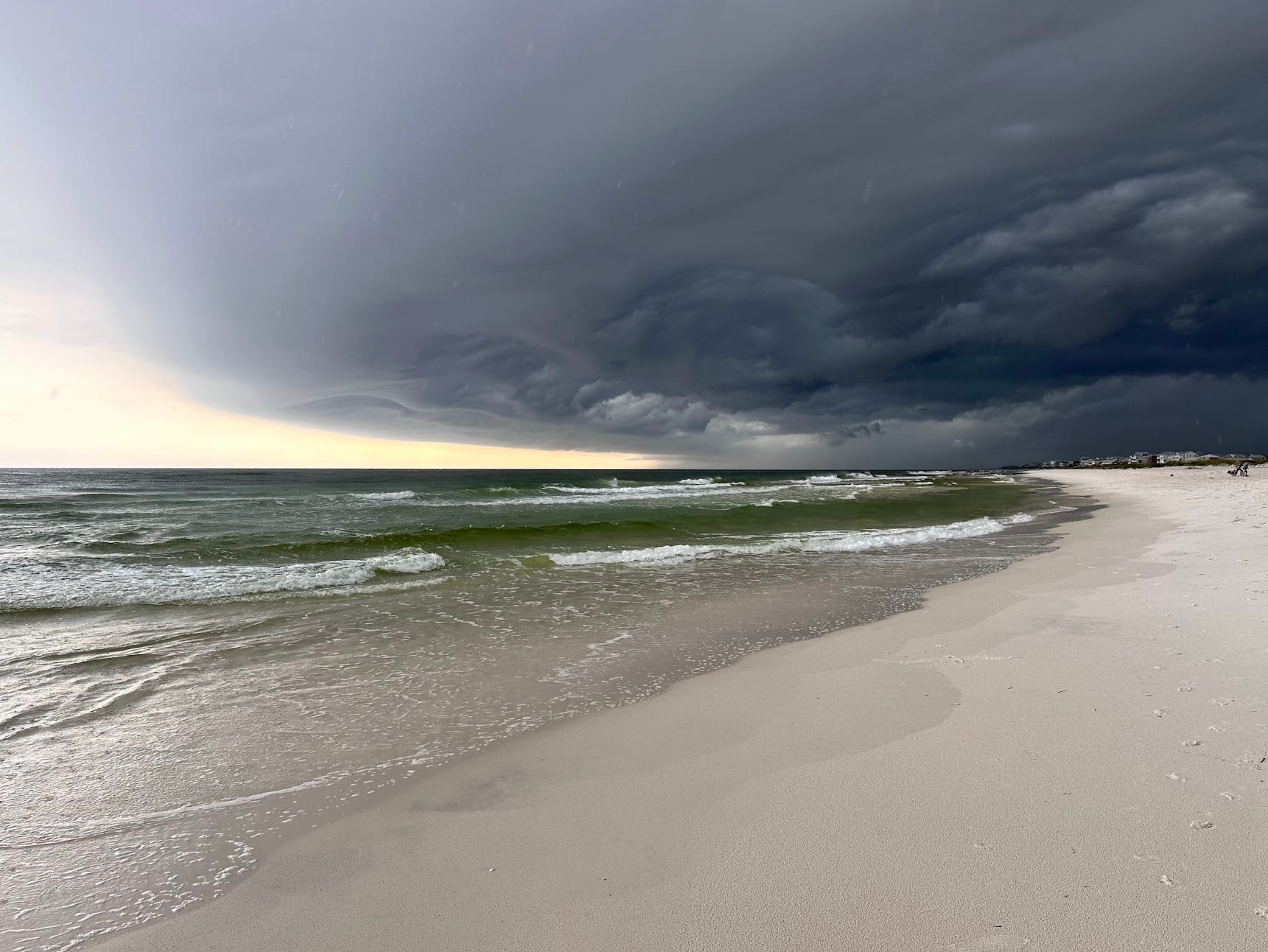Updates
I decided to rename this newsletter from The Weekly Cache to Clearing the Cache. The main reason seems obvious. I don't always send it out weekly. I don't want to be on a set schedule with this type of thing. Instead, I want to accumulate some interesting links and updates, and then click send, as if I were clearing my cache, hence the name. I do still hope to send it weekly(ish) or maybe every couple of weeks if things get hectic.
I debated whether to use Ghost's Bookmark feature to display links in this newsletter. I tried

